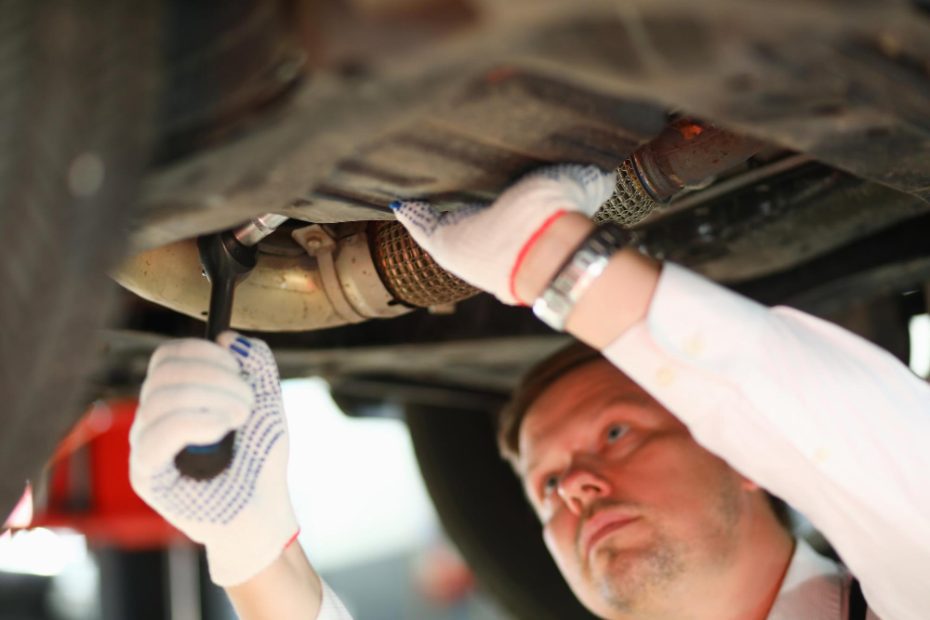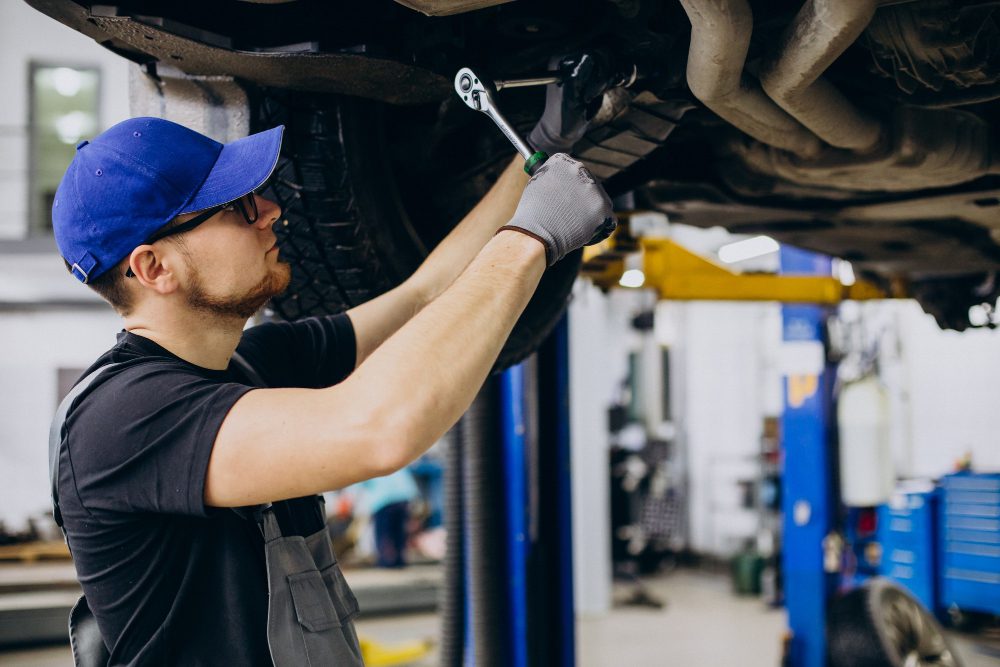How much does an air suspension cost?
When it comes to upgrading or replacing the suspension system on your vehicle, air suspension is a popular choice. Air suspension offers numerous benefits, including improved ride quality, adjustable ride height, and better handling. However, one question that often arises is how much does an air suspension cost? In this article, we will explore the factors that influence the cost of air suspension, as well as provide you with some estimated price ranges to help you make an informed decision.
Factors Affecting the Cost of Air Suspension
The cost of air suspension can vary depending on several factors. These factors include:
- Vehicle Type: The cost of air suspension can vary depending on the type of vehicle you own. For example, air suspension kits for luxury vehicles or high-end sports cars tend to be more expensive compared to those designed for standard sedans or SUVs.
- Kit Components: The components included in the air suspension kit can significantly impact the overall cost. Kits may include air springs, struts, shocks, compressor systems, control modules, and other necessary hardware.
- Manufacturer and Quality: Different manufacturers offer air suspension kits at varying price points. Higher-quality components from reputable brands often come with a higher price tag, but they generally offer better performance, durability, and reliability.
- Installation: The cost of installing air suspension can vary depending on the complexity of the system and labor rates charged by mechanics or installation shops. Some individuals with mechanical expertise may choose to install the system themselves, while others prefer professional installation.
Estimated Price Ranges
While the cost of air suspension can vary significantly, here are some estimated price ranges to give you a general idea:
Entry-Level Kits: Entry-level air suspension kits typically range from £500 to £1,500. These kits are often simpler in design and may not include all the advanced features of higher-end options.
Mid-Range Kits: Mid-range air suspension kits typically range from £1,500 to £3,500. These kits often offer more advanced features, better performance, and improved adjustability.
High-End Kits: High-end air suspension kits can range from £3,500 to £10,000 or more. These kits usually come with top-of-the-line components, advanced control systems, and customizable options.
It is important to note that these price ranges are estimates and actual prices may vary depending on the factors mentioned earlier. Additionally, installation costs should also be taken into account when budgeting for air suspension.
Does air suspension need maintenance?
Introduction
An air suspension system is a popular feature in many vehicles, providing a smooth ride and improved handling. However, like any other mechanical component, air suspension systems require proper maintenance to ensure their longevity and optimal performance.
The Importance of Regular Maintenance
Regular maintenance of your air suspension system is crucial to avoid costly repairs and premature wear. Neglecting maintenance can lead to issues such as air leaks, compressor failure, or even complete suspension failure.
Common Maintenance Tasks
Here are some common maintenance tasks for air suspension systems:
- Inspecting the Air Springs: Regularly check for signs of wear, cracks, or leaks in the air springs. Replace any damaged springs promptly.
- Checking Air Lines and Fittings: Inspect the air lines and fittings for any leaks or loose connections. Tighten or replace as necessary.
- Monitoring Air Compressor: Ensure that the air compressor is functioning properly and maintaining the correct pressure. Clean or replace air filters regularly.
- Testing the Height Sensors: Periodically test the height sensors to ensure they are accurately measuring the vehicle’s position. Calibrate or replace if needed.
- Performing System Diagnostics: Use diagnostic tools to identify any potential issues with the air suspension system. Address any detected problems promptly.
Expert Advice
“Regular maintenance of your air suspension system is essential to prolong its lifespan and prevent expensive repairs. It is recommended to follow the manufacturer’s guidelines and have your system inspected by a qualified technician.” – John Smith, Air Suspension Specialist
How often do you need to replace air suspension?
When it comes to air suspension, understanding how often you might need to replace certain components is crucial. The lifespan of air suspension parts can vary depending on various factors, such as driving conditions, maintenance practices, and the quality of the components themselves.
1. Air Springs
One of the main components of an air suspension system is the air springs, also known as airbags. These rubber bellows are responsible for supporting the weight of the vehicle and providing a smooth ride. On average, air springs have a lifespan of around 80,000 – 100,000 miles (128,000 – 160,000 kilometers).
2. Compressor
The compressor is the heart of the air suspension system, as it pressurizes the air that inflates the air springs. The lifespan of a compressor can vary widely depending on its quality and usage. On average, a compressor can last anywhere from 80,000 – 150,000 miles (128,000 – 240,000 kilometers).
3. Control Module
The control module is responsible for monitoring and controlling the air suspension system. It ensures that the desired ride height is maintained and adjusts the air pressure accordingly. Control modules are typically reliable and can last for many years without needing replacement.
4. Other Components
There are other components in an air suspension system, such as valves, sensors, and air lines. The lifespan of these components can vary, but they generally tend to last longer than the air springs and the compressor.
It’s important to note that these are just general guidelines, and the lifespan of air suspension components can vary depending on several factors. Regular maintenance, including inspections and replacing worn-out parts, is crucial to ensure optimal performance and longevity of the air suspension system.
“Regular maintenance and proper care are key to prolonging the lifespan of your air suspension system.”
If you notice any signs of air suspension issues, such as a sagging ride height, air leaks, or abnormal noises, it’s advisable to have the system inspected by a qualified technician. They can diagnose the problem and recommend the appropriate repairs or replacements.
In conclusion, the lifespan of air suspension components can vary depending on several factors. While air springs may need replacement around 80,000 – 100,000 miles, compressors can last between 80,000 – 150,000 miles. Regular maintenance and prompt repairs are essential for maximizing the lifespan of your air suspension system.
How do you know if you need new air suspension?
Signs that your air suspension may need replacing
If you’re wondering whether or not you need new air suspension, there are several signs to look out for:
- Uneven ride height: If your vehicle sits lower on one side or appears tilted, it could be a sign of air suspension failure.
- Poor handling: If your car feels bouncy or unstable while driving, it could indicate issues with the air suspension system.
- Harsh ride: Experiencing a rough and uncomfortable ride, even over small bumps, suggests that the air suspension needs attention.
- Air compressor running frequently: If you notice that the air compressor is continuously running or cycling more often than usual, it could indicate a problem.
- Leaks or damage: Visible signs of leaks or damage to the air suspension components, such as airbags or lines, typically require replacement.
Consulting a professional
If you suspect issues with your air suspension, it is always best to consult a professional mechanic or technician. They can accurately diagnose the problem and recommend the appropriate course of action.
Replacing air suspension components
When it comes to replacing air suspension components, it’s important to consider the cost and options available:
- OEM parts: Original Equipment Manufacturer (OEM) parts are manufactured by the same company that made the suspension system for your vehicle. They are typically reliable but can be more expensive.
- Aftermarket parts: Aftermarket parts are produced by third-party manufacturers. They can offer a more affordable alternative without compromising quality.
Quote: “Seeking professional advice and using high-quality replacement parts will ensure a smooth and safe ride for your vehicle.” – Expert Mechanic
Cost considerations
The cost of replacing air suspension components can vary depending on factors such as the make and model of your vehicle, the specific parts required, and whether you choose OEM or aftermarket options. It is advisable to obtain quotes from multiple sources to find the best balance between cost and quality.
Conclusion
While air suspension systems can offer numerous benefits, they do require regular maintenance to ensure their longevity and optimal performance. By following the recommended maintenance tasks and seeking professional assistance when needed, you can enjoy a smooth and reliable ride with your air suspension system for years to come.
Knowing when to replace your air suspension is crucial for maintaining the performance and safety of your vehicle. By identifying the signs of potential issues, consulting a professional, and considering cost-effective replacement options, you can ensure a smooth and comfortable ride for years to come.



